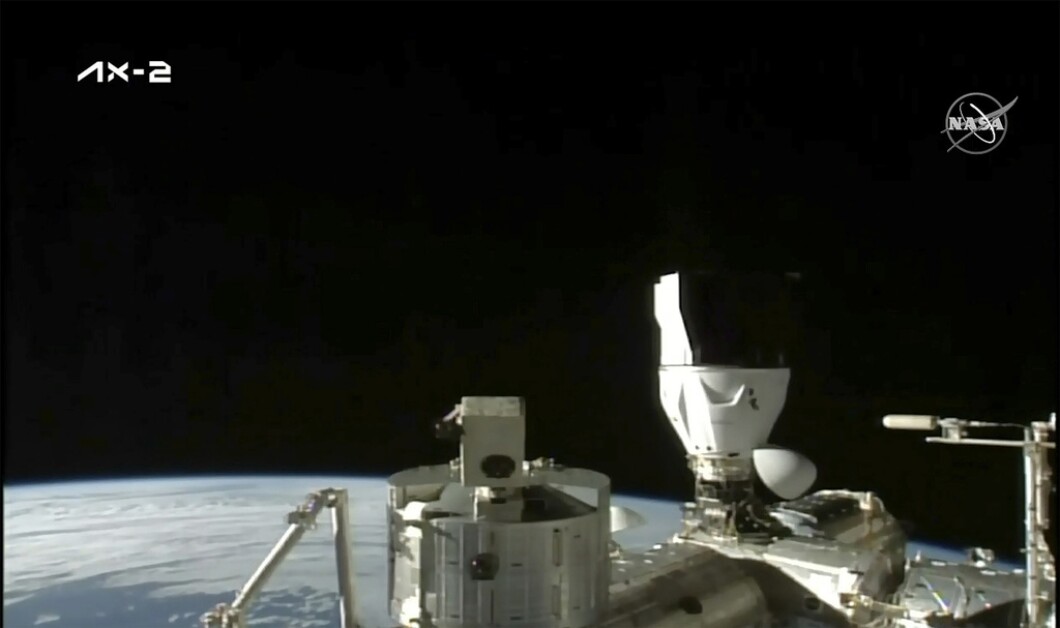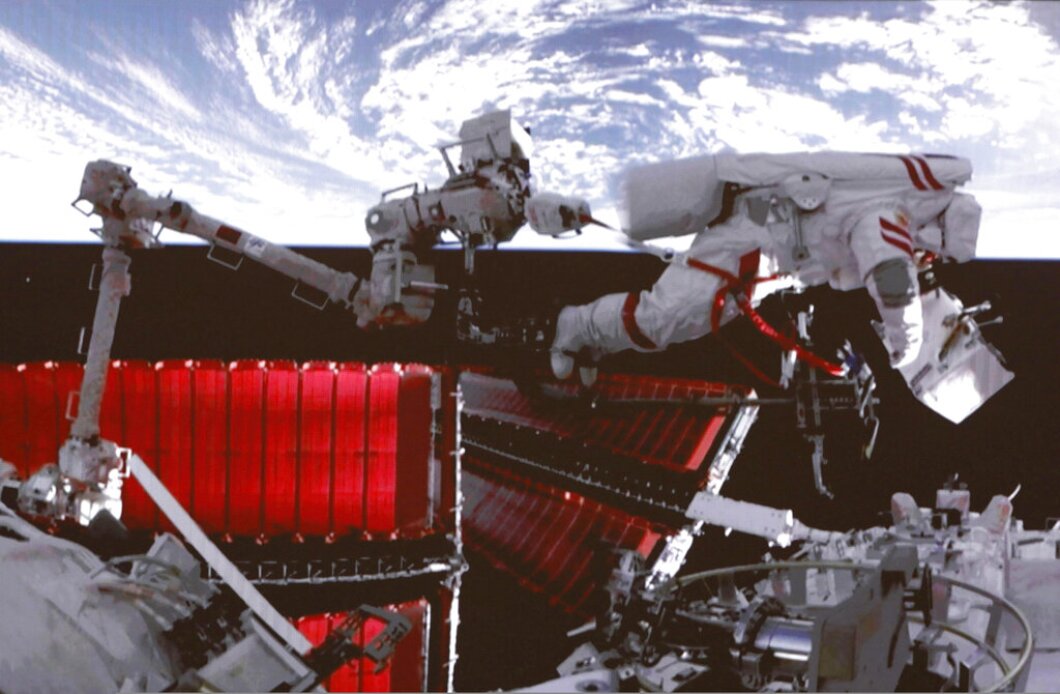
The United States and China, two of the world’s largest superpowers, are locked in a battle to achieve supremacy in the final frontier — space.
Since the collapse of the USSR, China has stepped forward to challenge the U.S. for its position as the hegemon, or dominant force, of the international community. Whether it’s focusing on technology, the economy, weaponry, or space, China aims to take the crown in all areas — a move that shows Beijing’s slow but steady growth into a formidable global power.
BIDEN BETS THAT THE BEST WAY TO BEAT TRUMP IS TO REMAIN SILENT ON THE INDICTMENT
The U.S. is still moving further ahead than China when it comes to accomplishments in space, establishing a wider network of international collaborators and partners, as well. However, Pentagon officials believe China could surpass the U.S. as early as 2045.

U.S. remains superior
There are some stark comparisons between the two countries in terms of money and launches into space, with the U.S. maintaining a strong lead.
In 2021, the U.S. federal government increased its space spending by 19% compared to 2020, to create an approximately $59.8 billion budget, per the Space Foundation. Comparatively, China had a $16.8 billion budget in 2021.
The U.S. has 3,433 operational satellites, which make up 63% of the satellites orbiting Earth, and seven launch sites at home and abroad. China, on the other hand, only has 541 satellites and four launch sites at home. The U.S. is developing 13 additional launch sites and China is developing two, according to a 2019 report from the Center for Strategic and International Studies.
Between 1969 and 1972, the U.S. sent six crewed missions to the moon, three of which used a driveable lunar rover that China is currently developing in the private sector, according to Phys.org.
In 2019, the U.S. created the United States Space Force, adding it to the existing branches of the Armed Forces. The Space Force was redesigned out of the Air Force Space Command under the fiscal 2020 National Defense Authorization Act. At the time of its creation, approximately 16,000 military and civilian space personnel were assigned to the Space Force in December 2019.

China gaining traction
Despite lagging behind the U.S. when it comes to hardware, China is slowly starting to gain speed in active space missions. China became the third country to send a person into space in 2003, following the USSR and the U.S.
China made history in 2019 after it became the first country to land on the Moon’s far side. The Chinese government also sent a rover to Mars in 2019.
In 2021, China completed 55 orbital launches. Of those 55 launches, 84% were used for military or Chinese government payloads with the intent of gathering intelligence and imaging, according to the Space Foundation. Meanwhile, the U.S. completed 51 orbital launches, with 61% of them used for nonmilitary purposes, such as telecommunications, observation, and academics.
Russia has already joined China’s Moon program, while 21 nations have joined a U.S.- initiated effort to bring order and guidelines to the exploration and development of space, according to the Associated Press.
Chinese officials announced in May that their space program aims to launch astronauts to land on the Moon by 2030 and bring in foreign partners to join their new space station. A crew has already been selected and will, for the first time, include one civilian. Usually, Beijing sends crews comprised entirely of members of the People’s Liberation Army (PLA), the armed wing of the Chinese Communist Party.
While the U.S. hopes to stay ahead and put astronauts on the Moon by 2025, both countries hope to establish a base for intermittent crews on the Moon’s south pole, with China aiming to build a robotic research base, as well. The south pole has permanently shadowed craters that are believed to be filled with frozen water.
There are ongoing debates about establishing permanent bases on the Moon. U.S. law restricts collaborations between China and America’s space programs. China has said it welcomes foreign collaborations, but those have been limited to scientific research so far.

Competing space stations
The International Space Station (ISS) has been a beacon of space exploration since it was created in the 1990s and has been continuously occupied since 2000. It is led by the U.S. and 14 other nations — including Russia. China is not a member.
The ISS costs about $3 billion per year for NASA to operate, which amounts to roughly a third of the human spaceflight budget, according to the European Space Agency’s Office of the Inspector General. Since its inception, over 250 people have visited the space station, with the top participating countries being the U.S. and Russia.
NASA approved an extension for the ISS through 2030. However, Russia says it will withdraw after 2024 to focus on building its own space station around 2028. After 2030, it is possible that NASA could opt to retire the station and build a new one.
CLICK HERE TO READ MORE FROM THE WASHINGTON EXAMINER
China launched its Tiangong space station in 2022, working as the sole operator and user. Tiangong was created after China was excluded from the ISS, largely because of the U.S.’s reservations over Chinese space programs and their ties to the PLA.
Other countries have been invited to join China’s new space station but no nation has taken China up on their offer as of now. The station’s third module was completed around November last year, with Chinese officials saying a fourth will be added to provide additional support for experiments and improved living conditions.



